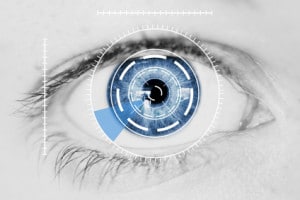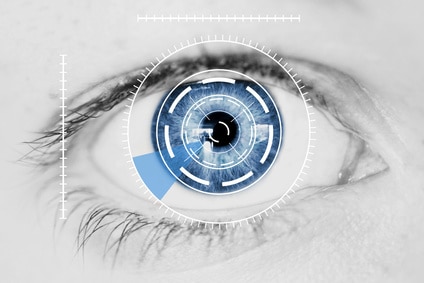Min-Jeong Lee has an interesting article over at The Wall Street Journal Digits blog on how mobile device maker Samsung is looking to expand its use of biometric sensors in mobile devices beyond the finger-print scanners that are now the state of the art.

According to the article, Samsung is considering “various types of biometric [mechanisms]” in addition to fingerprint scanners. Samsung’s senior vice president Rhee In-jong told analysts and investors at a forum in Hong Kong on Monday that iris scanners are a top consideration.
“One of things that everybody is looking at is iris detection,” Rhee said.
The biometric features are part of Samsung’s enterprise-focused mobile software, dubbed “Knox.”According to Rhee, only a small portion of some 80 million Samsung devices that shipped with the Knox software, which provides additional security functions for use by businesses, such as hardware based “TrustZone” technology to isolate sensitive data, virtualization for data- and application isolation on mobile devices and mobile device management features. Samsung is hoping to spur adoption of Knox to make its mobile devices legitimate contenders to replace Blackberry as the go-to mobile device for enterprises.
Apple was the first smart phone maker to include biometric authentication as a standard option. The iPhone 5s come with TouchID, a fingerprint scanner that grew out of Apple’s purchase of the firm Authentec.
[Read more Security Ledger coverage of mobile devices here.]
Lost or stolen devices are the leading threat to enterprises from mobile devices. Given the sensitivity of data stored on them, mobile device makers are looking for ways to secure the devices from tampering without forcing users to adopt unpopular strong passwords. Biometrics are a leading candidate.

